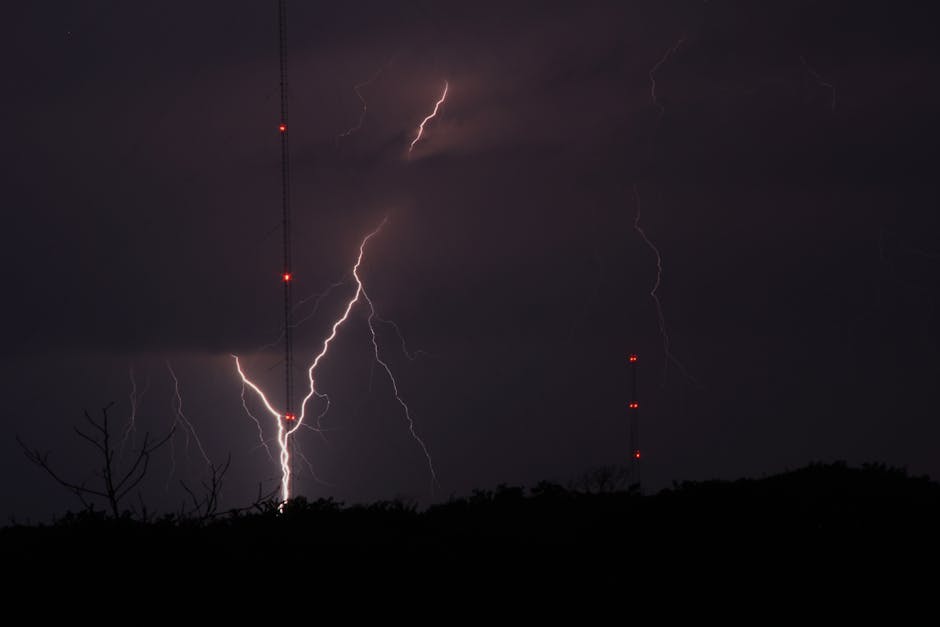Decoding the New Jersey Strike Landscape: Impacts, Causes, and Future Implications
Decoding the New Jersey Strike Landscape: Impacts, Causes, and Future Implications
New Jersey, a state known for its vibrant economy and diverse workforce, has witnessed its fair share of strikes throughout its history. These labor disputes, ranging from teacher walkouts to public transit shutdowns, significantly impact the state’s residents, businesses, and overall economic stability. Understanding the complexities behind these strikes, their far-reaching consequences, and potential future trends is crucial for both policymakers and citizens alike.
A Historical Overview of Strikes in New Jersey
New Jersey’s history is interwoven with a rich tapestry of labor movements. From the early industrial era, marked by struggles for fair wages and working conditions, to more recent disputes involving public sector employees, the state has seen a range of strikes across various industries. These strikes haven’t been isolated incidents; they’ve reflected broader societal shifts and evolving power dynamics between labor and management. Analyzing historical trends reveals recurring themes, including issues of compensation, benefits, working conditions, and union representation.
For example, the significant strikes in the late 19th and early 20th centuries in industries like manufacturing and transportation often centered on issues of exploitative labor practices. The rise of powerful unions like the Industrial Workers of the World (IWW) and the American Federation of Labor (AFL) played a pivotal role in shaping these struggles, leading to landmark legislative changes and improvements in workers’ rights.
More recent strikes have involved public sector workers, such as teachers, nurses, and transportation workers. These disputes often highlight concerns over funding cuts, inadequate staffing levels, and the erosion of benefits. The public nature of these sectors means the impact of strikes is felt more broadly by the community.

Recent Notable Strikes in New Jersey
In recent years, New Jersey has experienced several high-profile strikes that garnered significant media attention and public discourse. These include:
- Teacher Strikes: Several school districts have faced teacher strikes in recent years, often stemming from disputes over contract negotiations, salary increases, and classroom resources. These strikes have significantly disrupted education for thousands of students and highlighted the growing concerns over teacher burnout and underfunding of public education.
- Public Transportation Strikes: Disruptions to public transportation services have caused widespread inconvenience and economic losses. Strikes by bus drivers, train operators, and other transportation workers have often highlighted issues related to wages, benefits, and working conditions.
- Healthcare Worker Strikes: The healthcare sector has also seen its share of strikes, particularly among nurses and other frontline workers. These strikes often involve concerns about staffing ratios, patient safety, and fair compensation for the demanding nature of their work.
Each of these strikes underscores the critical role of labor unions in advocating for the rights and well-being of workers. They also highlight the complex interplay of economic, political, and social factors that contribute to labor disputes.
Analyzing the Causes of New Jersey Strikes
The root causes of strikes in New Jersey are multifaceted and often intertwined. While specific issues vary from case to case, several common themes emerge:

Economic Factors:
- Wage Stagnation: The failure of wages to keep pace with inflation and the rising cost of living is a major source of discontent among workers.
- Benefit Reductions: Cuts to healthcare, retirement, and other employee benefits are a significant point of contention in contract negotiations.
- Funding Shortages: Budget constraints, particularly in the public sector, often lead to conflicts over resource allocation and salary increases.
Working Conditions:
- Overburdened Staff: Insufficient staffing levels in various sectors lead to increased workloads and burnout among employees.
- Safety Concerns: Workers in hazardous environments often strike to demand improvements in safety regulations and protective equipment.
- Lack of Respect: A lack of respect for workers’ rights and concerns can fuel resentment and contribute to labor disputes.
Political Factors:
- Anti-Union Sentiment: Political climates that are hostile towards unions can hinder collective bargaining efforts and escalate labor disputes.
- Legislative Changes: Changes to labor laws can have a significant impact on the rights and bargaining power of workers.
- Public Opinion: Public perception of unions and strikes can influence the outcome of labor disputes.
The Impacts of Strikes on New Jersey
Strikes have wide-ranging consequences that extend beyond the immediate participants. The economic impact is significant, affecting businesses, consumers, and the overall state economy. Disruptions to essential services, such as education and transportation, create widespread inconvenience and hardship.
Economic Impacts: Lost productivity, decreased consumer spending, and business disruptions are among the most immediate effects. Long-term impacts can include damage to the state’s reputation and investor confidence.
Social Impacts: Strikes can create social unrest and division within communities. The disruption of essential services affects vulnerable populations disproportionately.

Political Impacts: Strikes can place pressure on policymakers to address underlying issues contributing to the dispute. Public opinion surrounding strikes can influence electoral outcomes and policy decisions.
The Future of Strikes in New Jersey
Predicting the future of strikes in New Jersey requires considering evolving economic, social, and political factors. The increasing gig economy, technological advancements, and the changing nature of work are likely to shape the landscape of labor disputes in the coming years. The role of unions in advocating for workers’ rights will continue to be critical in preventing future strikes or mitigating their impact.
Potential Trends: We might see an increase in strikes involving gig workers, who often lack traditional employment protections. Technological disruptions could lead to increased automation, potentially causing job displacement and fueling labor disputes. The ongoing debate about the minimum wage and affordable healthcare will likely remain key factors contributing to future strikes.
Addressing the root causes of strikes requires a collaborative effort involving workers, employers, policymakers, and the community at large. Open dialogue, fair labor practices, and investment in worker well-being are essential to building a more stable and equitable labor environment in New Jersey.
Conclusion
The history of strikes in New Jersey offers valuable insights into the dynamics of labor relations and the challenges of balancing economic growth with social justice. Understanding the complexities of these disputes and proactively addressing their root causes are crucial for ensuring a more stable and prosperous future for the state. The ongoing dialogue and commitment to finding common ground will ultimately shape the course of labor relations in New Jersey for years to come.


